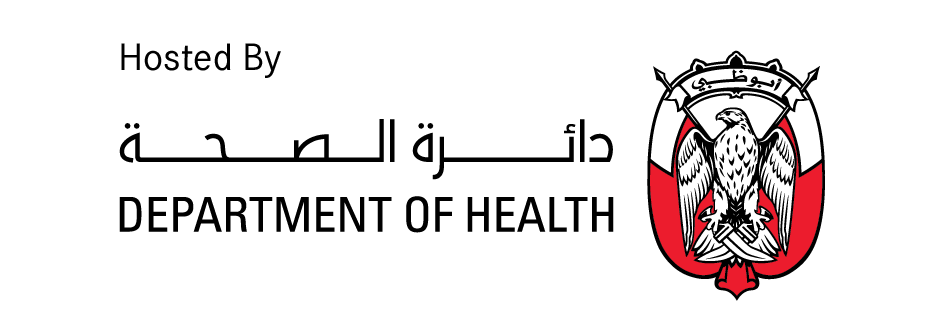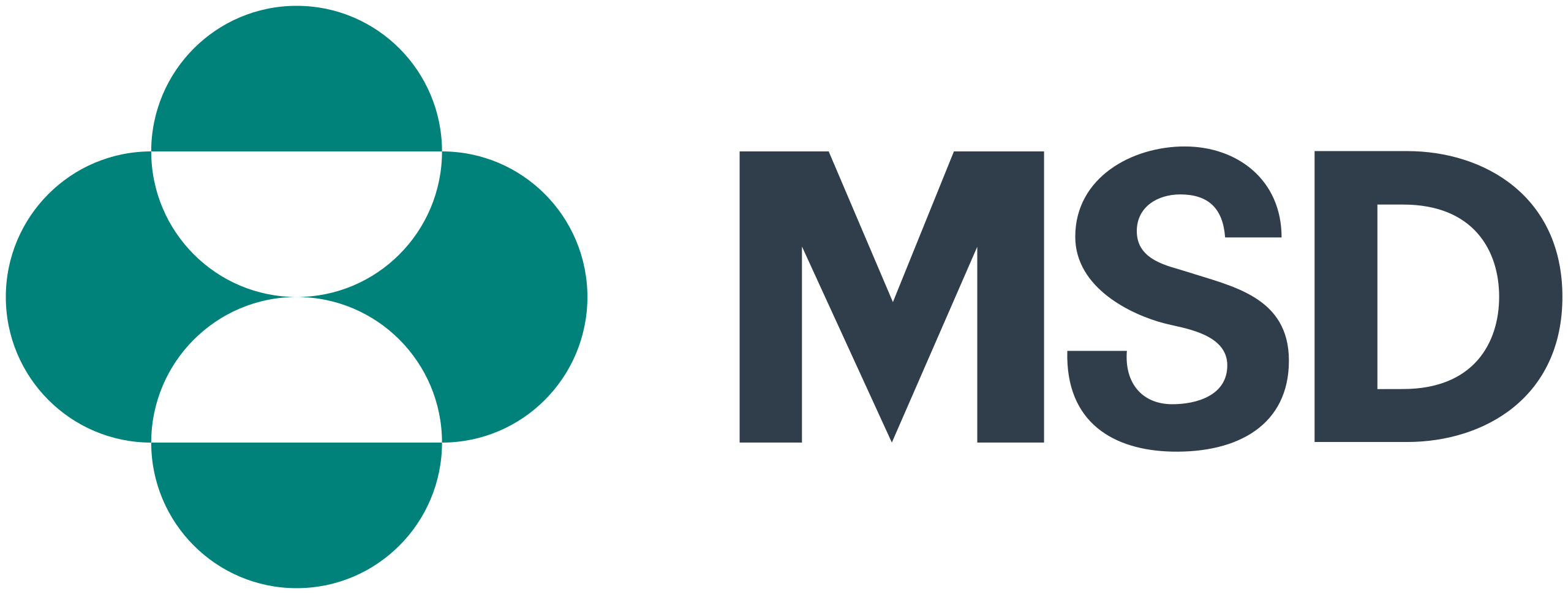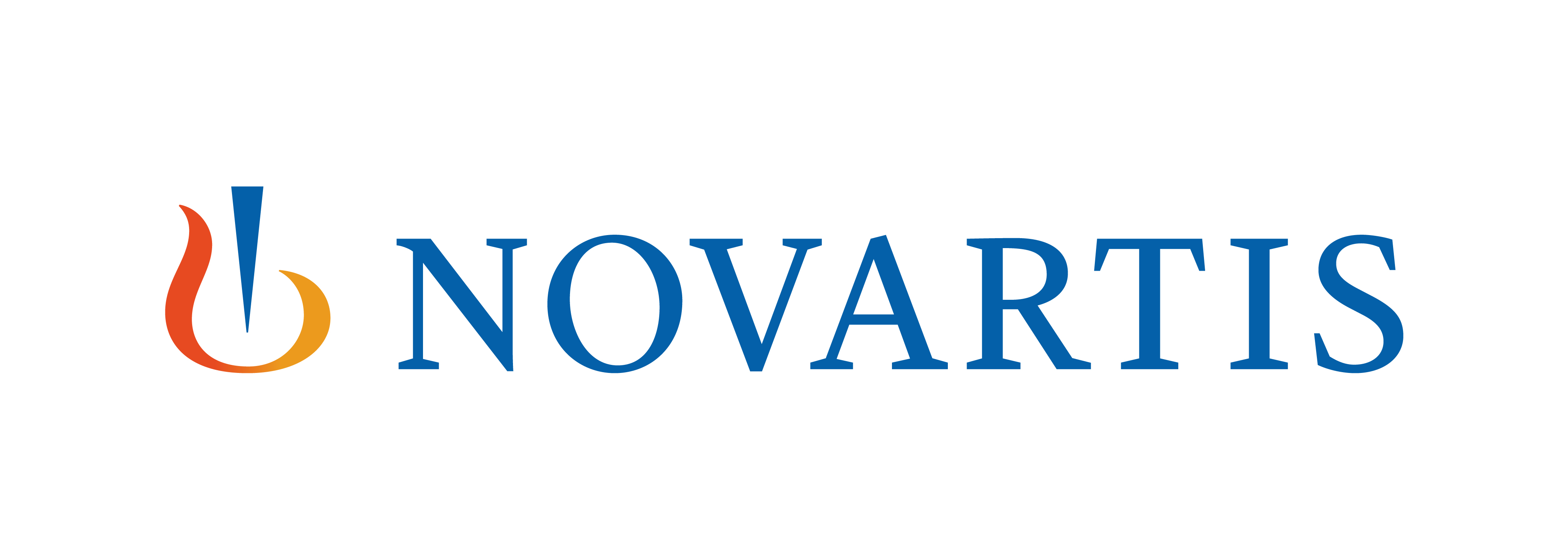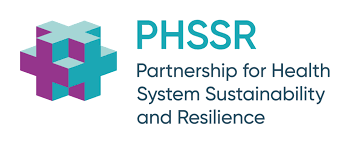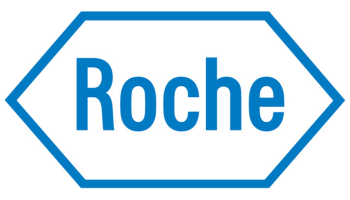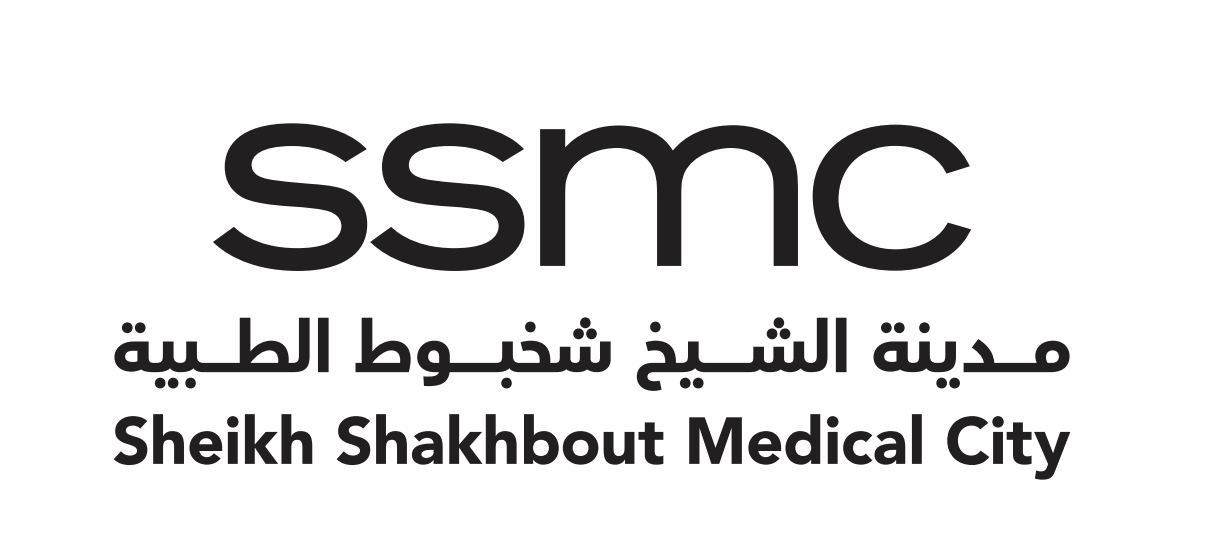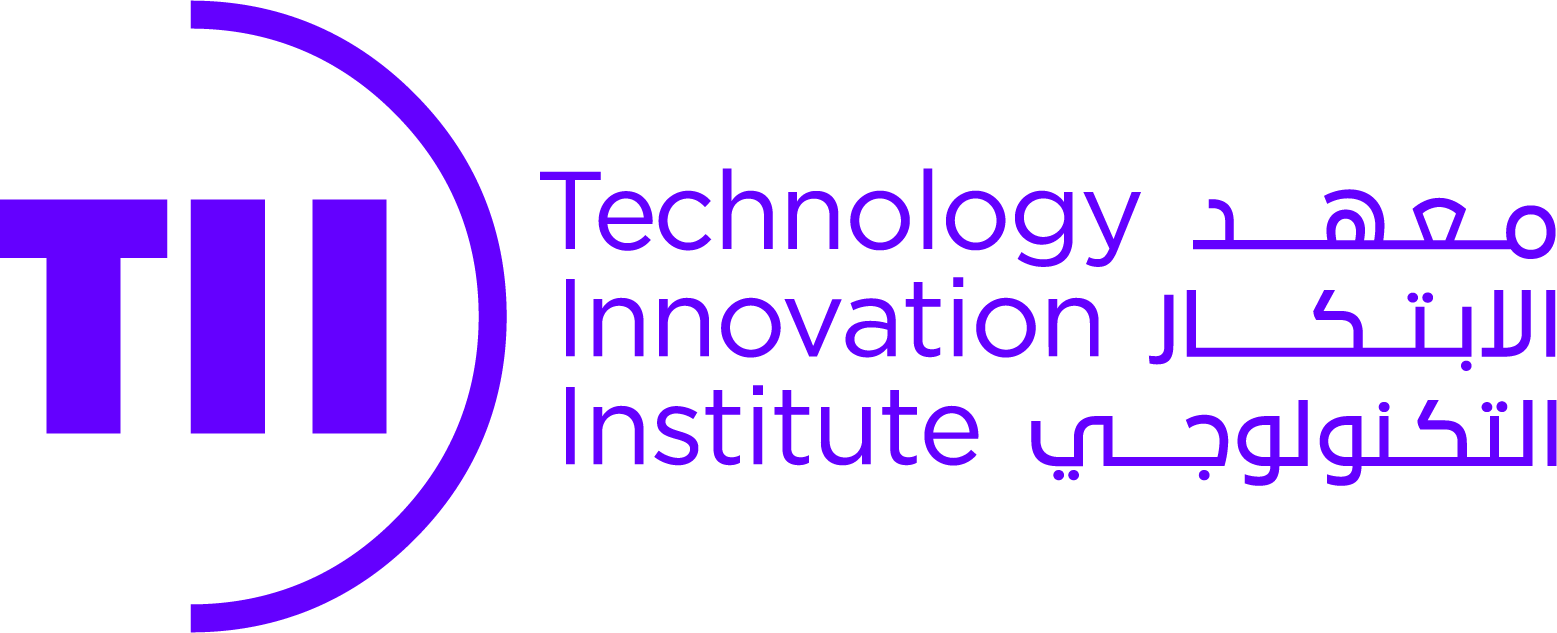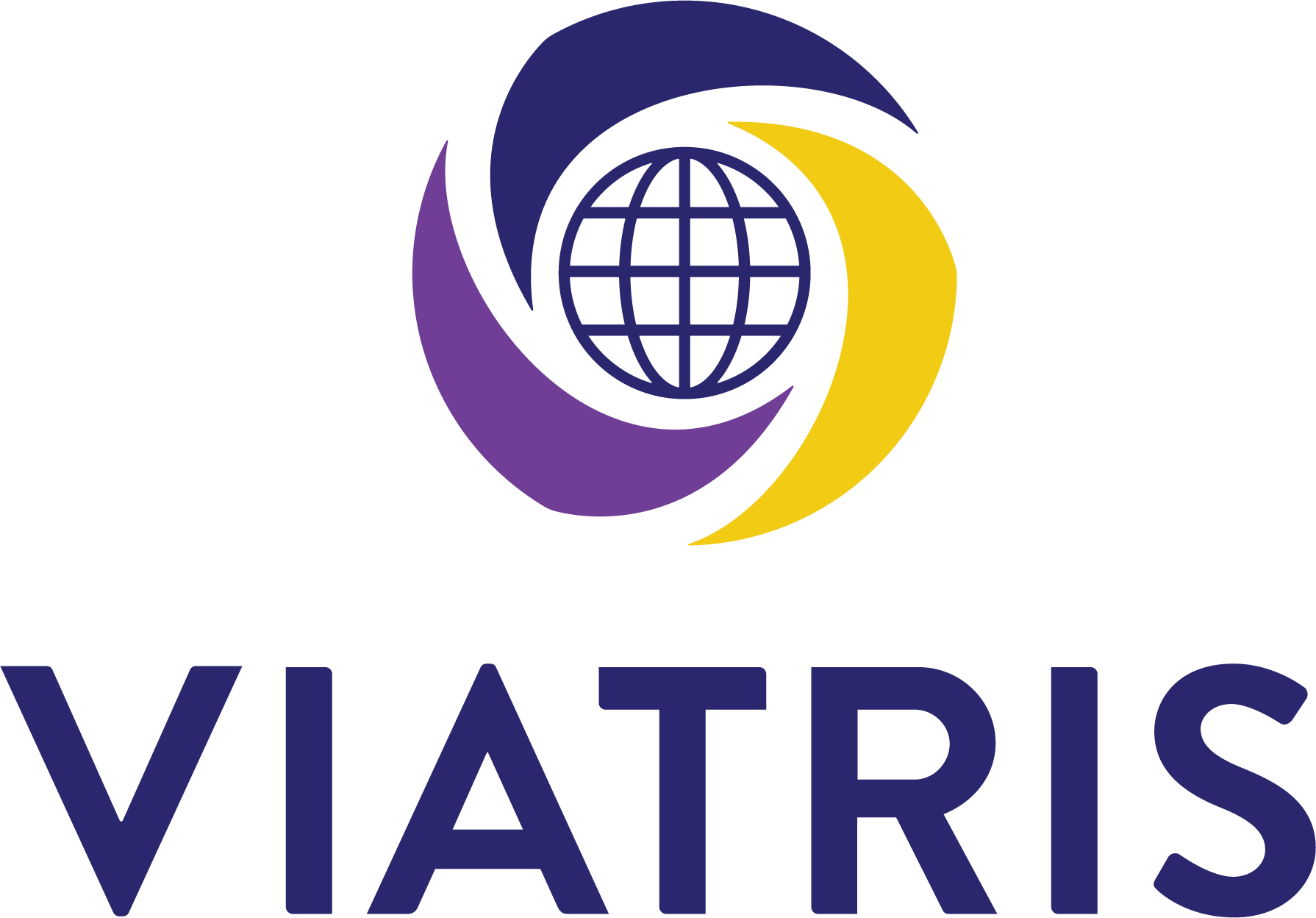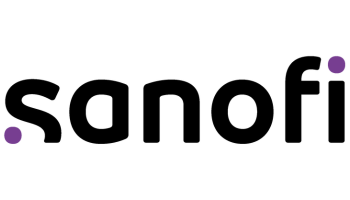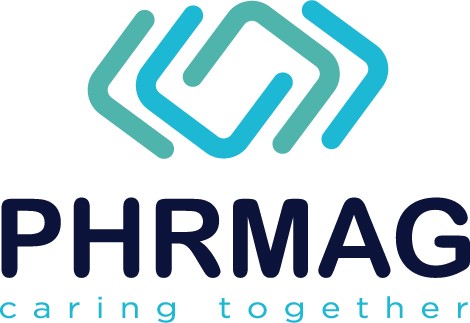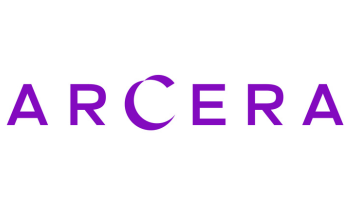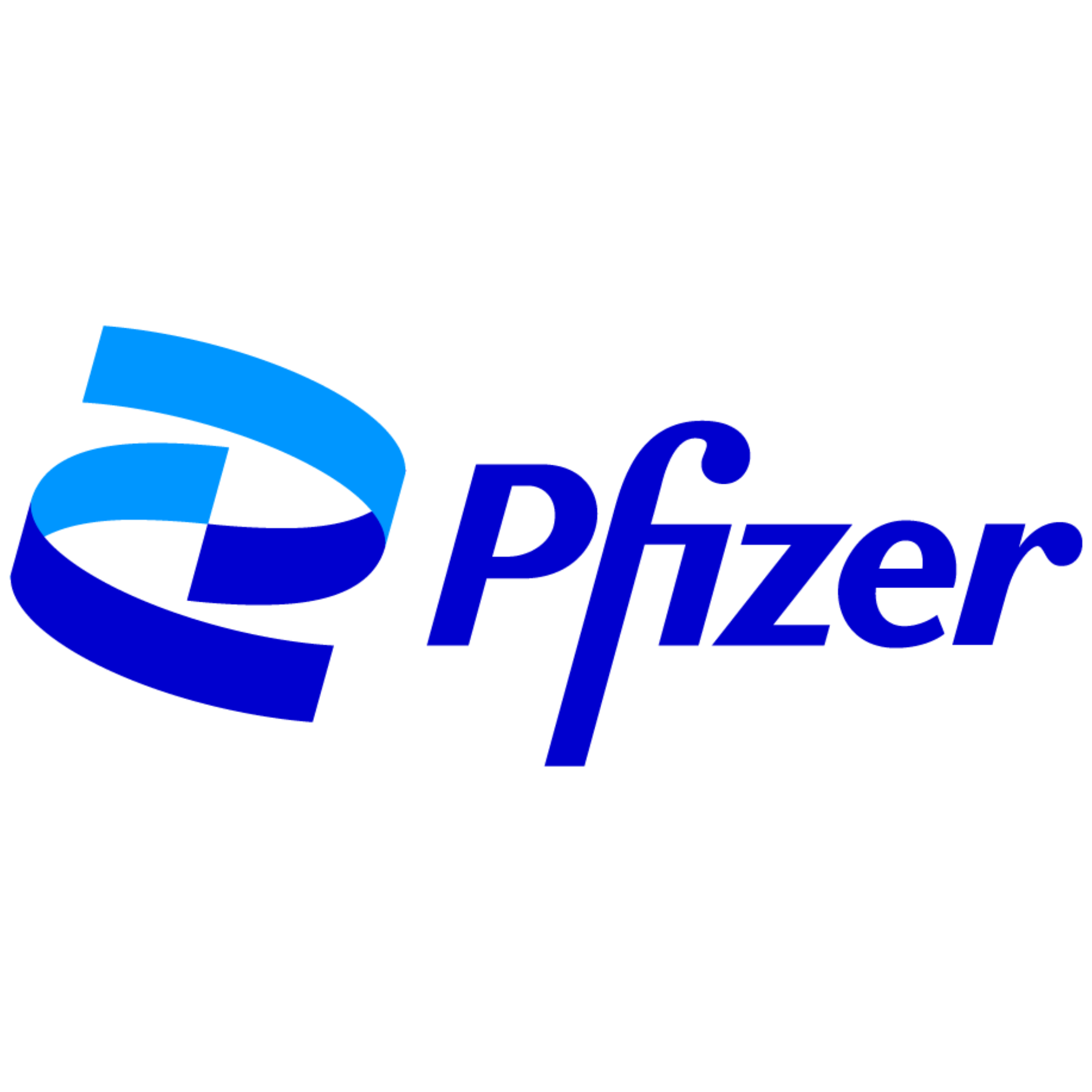تحت رعاية سموّ الشيخ خالد بن محمد بن زايد آل نهيان، ولي عهد أبوظبي رئيس المجلس التنفيذي لإمارة أبوظبي
Under the Patronage of His Highness Sheikh Khaled bin Mohamed bin Zayed Al Nahyan, Crown Prince of Abu Dhabi and Chairman of Abu Dhabi Executive Council
Cracking the code: recent discoveries transform our understanding of cancer-immunity cycle

In a recent review published in Immunity, researchers reviewed tumor-immunity cycle data.
Background
The tumor-immunity cycle outlines the processes that trigger anti-tumoral immunological responses. It stresses the iterative aspect of the reaction, in which tumor cell death by T lymphocytes triggers further presentation of tumor antigens to T lymphocytes and their subsequent activation, hence sustaining active immunity and adjusting it to cancer progression.
The various stages of the cycle can be rate-limiting, leaving the immunological system incapable of controlling tumor development.
About the review
In the present review, researchers present the tumor-immunity cycle and targeted therapies.
The tumor-immunity cycle framework and the microenvironment of tumors
The seven basic phases of the tumor-immunity cycle are important biological processes in cancer immunity.
The steps are (i) release of cancer cell antigens (cancer cell death); (ii) cancer antigen presentation by dendritic cells or antigen-presenting cells (APCs); (iii) priming and activation by APCs and T lymphocytes; (iv) cytotoxic T lymphocyte (CTL) trafficking to tumor sites; (v) T lymphocytic infiltration into tumors and stroma; (vi) tumor cell recognition by T lymphocytes; and (vii) tumor cell killing by immune cells.
Three immunotypes have been identified: immune desert, immune excluded, and inflamed. A conspicuous absence of immunological cells in the tumor microenvironment (TME) has been reported in the immune desert immunotype, presumably due to immune cell rejection, emigration, or chemokine deficiency.
Suppressive stroma and extracellular matrix in immune-excluded tumors may hinder T lymphocytes from effectively contacting tumor cells, rendering them barred from tumor cell nests.
Stimulatory immunological cells, such as intratumoral and peritumoral tertiary lymph node structures (TLS) in inflammatory tumors, may offer additional stimulus to tumor-invading T cells, enhancing their functional ability, proliferation, and survival.
T lymphocytes in the tumor microenvironment respond in a sequence of phases known as the tumor-immunity subcycle, representing an immune eddy in the tumor microenvironment.
Cancer immunity allows for tumor cells' stimulation, growth, and functional destruction. However, inhibitory immunological cells, stromal components, metabolic abnormalities, and T-lymphocyte function loss can halt the tumor-immunity cycle.
T lymphocyte infiltration into the stroma, blood vessels, and tumor site results in the buildup of activated T lymphocytes and interactions with immune cells, influencing effector state and function, stromal T cell populations, and tumor cell identification by T lymphocytes.
Stimulatory and inhibitory factors of the tumor-immunity cycle and approved targeted therapies
The interaction of activation and inhibition variables determining the success of different phases complicates the tumor-immunity cycle. Stimulatory substances promote immunity, whereas inhibitors aid in controlling the response.
Tumor-associated antigens (TAAs), endogenous retrovirus proteins (ERVs), oncogenic virus proteins, stimulators of interferon genes (STING), and adenosine triphosphate (ATP) are all factors that stimulate the production of cancer cell antigens. In contrast, inhibitors assist in limiting the reaction.
Interferon-alpha, damage-associated molecular patterns (DAMPS), toll-like receptors (TLRs), tumor necrosis factor-alpha, ATP, and C-C chemokine ligands (CCL) are all stimulatory factors for cancer antigen presentation by APCs.
TCR-major histocompatibility complex class I polypeptide-related sequence protein (pMHC), the cluster of differentiation (CD)-27,28,40, TNF superfamily member 4 (TNFR4), and interleukin (IL)-2,12 inhibit the processes, as do factors such as programmed death ligand 1 (PDL-1) and cytotoxic T-lymphocyte antigen-4 (CTLA-4). C-X-C motif ligands (3, 9, and 10) promote CTL trafficking to tumor locations.
Factors such as lymphocyte function-associated antigen 1 (LFA-1), intracellular adhesion molecule-1 (ICAM-1), very late antigen-4 (VLA-4), vascular cell adhesion protein-1 (VCAM-1), CXCL-9,10,11, and CCL-5 promote T lymphocyte stromal infiltration. Gradients of VEGF, beta-catenin, and TME have been shown to have contrasting effects.
L-selectin and matrix metallopeptidases (MMPs)-2,9 inhibit the accumulation of activated T lymphocytes in the stroma, whereas LAIR-1, VLA-1,2, proteoglycans, IL-6, TGF-beta, CCL-2, CXCL-12, fibroblasts, cancer-associated fibroblasts (CAFs), interstitial pressure, and neutrophil extracellular traps (NETs) promote it.
The large number of clinical studies investigating cancer immunotherapy drugs has resulted in multiple immunotherapeutic regimen approvals for diverse cancer purposes. Neoantigen vaccines, tumor-associated antigen vaccines, interferon-alpha, anti-CD40, and TLR agonists improve cancer antigen presentation by APCs.
Conclusions
Based on the review findings, cancer immunotherapy has tremendously influenced both clinical oncology practice and our understanding of cancer biology.
Understanding the processes of checkpoint inhibition and dendritic cells in maintaining anti-tumor immunity has progressed, and the tumor microenvironment is critical in supporting the anti-cancer response.
Tumor immunotypes play an important role in modulating T cell responses, and additional research is needed to solve the problems of cancer immunotherapy.
Next-generation checkpoint inhibitors may provide some advantages, but they may not be sufficient to overcome the hurdles associated with immunological exclusion and immune desert immunotypes. Immunotherapies transferred to early illness or adjuvant settings might represent substantial therapeutic breakthroughs.
Understanding the mechanisms behind immune therapy development is critical, considering both cancer intrinsic and extrinsic variables such as class I loss or downregulation, neoantigen loss, multiple immunological checkpoint accumulation, and suppressive cell populations in the TME.
Source: www.news-medical.net

